How to Fix ‘You Require Permission from Administrators to Make Changes to This Folder
The error message ‘You require permission from administrators to make changes to this folder’ occurs when your user account lacks the necessary permissions to change the folder you are attempting to manage.
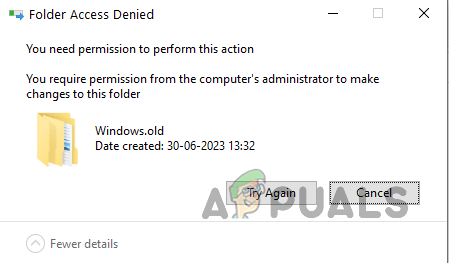
Most commonly, this issue arises when you try to delete or modify a file in a folder located on the system drive. Fixing the error is relatively straightforward, and this guide will show you various methods to address it.
The initial step is to restart your system. This action helps reestablish security parameters and prevents third-party services from impacting security permissions.
Therefore, reboot your computer and afterward, verify if the permission issue persists.
1. Take Folder Ownership via File Explorer
In Windows, every folder or directory has an owner—typically the user account that created it, which then has full access. Addressing the permission issue with the folder may involve taking ownership of the directory.
You will need to adjust the security permissions of the folder to grant full access to its contents. This is particularly useful if you encounter the error while using an administrator account.
- Navigate to the problematic folder using File Explorer.
- Right-click on the folder and choose Properties from the context menu.
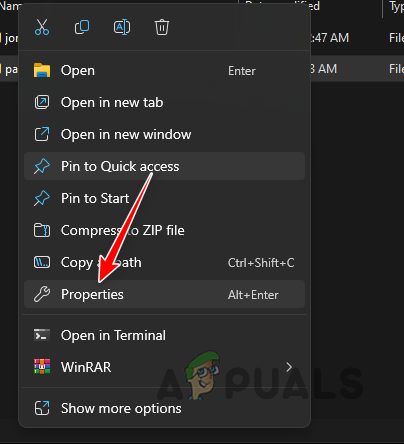
Opening Properties - Switch to the Security tab in the Properties window.
- Click on the Advanced button within the Security tab.
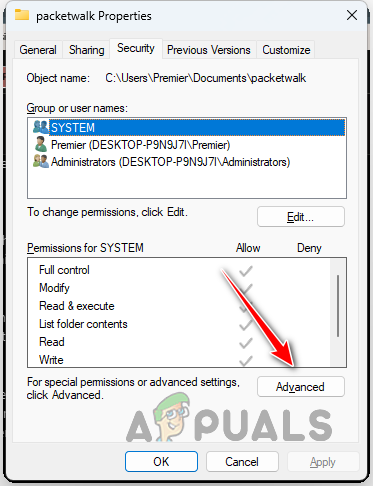
Navigating to Advanced Security Settings - Next, select the Change link next to the Owner name.
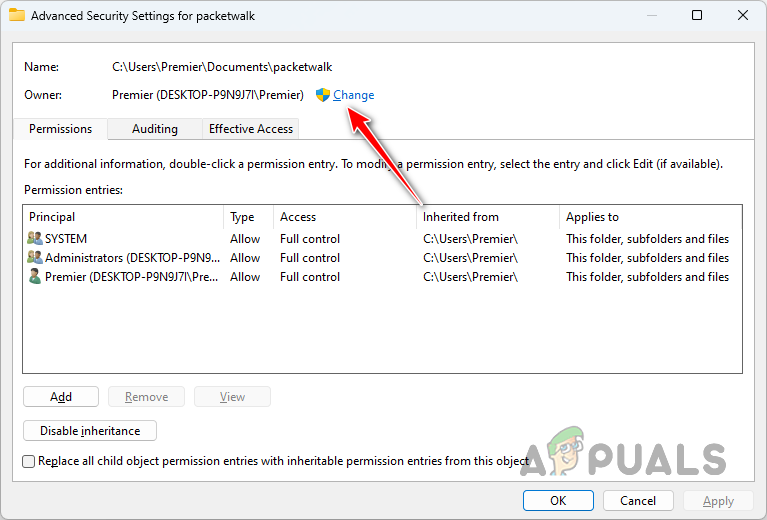
Changing Owner - Type your user account in the provided field and click Check Names.
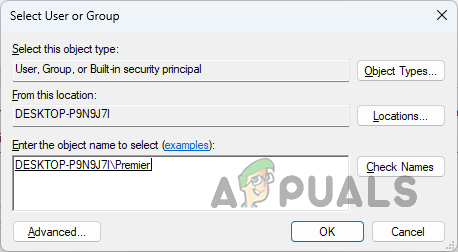
Selecting User Account - An underline will appear under the username once it’s verified. Click OK to continue.
- Check the box labeled Replace all child object permission entries with inheritable permissions entries from this object.
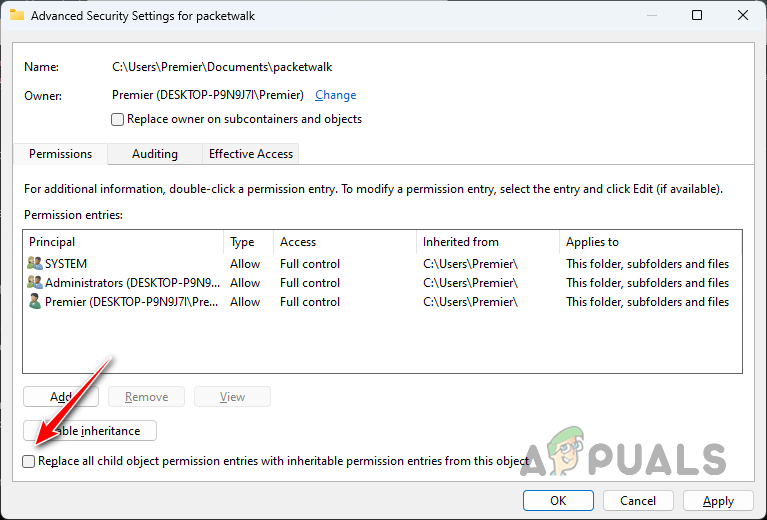
Replacing Child Objects Permissions - Hit Apply, then OK.
- Check if the permission issue has been resolved.
2. Take Ownership via the Command Prompt
Alternatively, you can take ownership of a directory using the command prompt—this method is typically quicker but requires that you enter commands with the directory path.
- Search for command prompt in the Start Menu, then select the Run as administrator option.
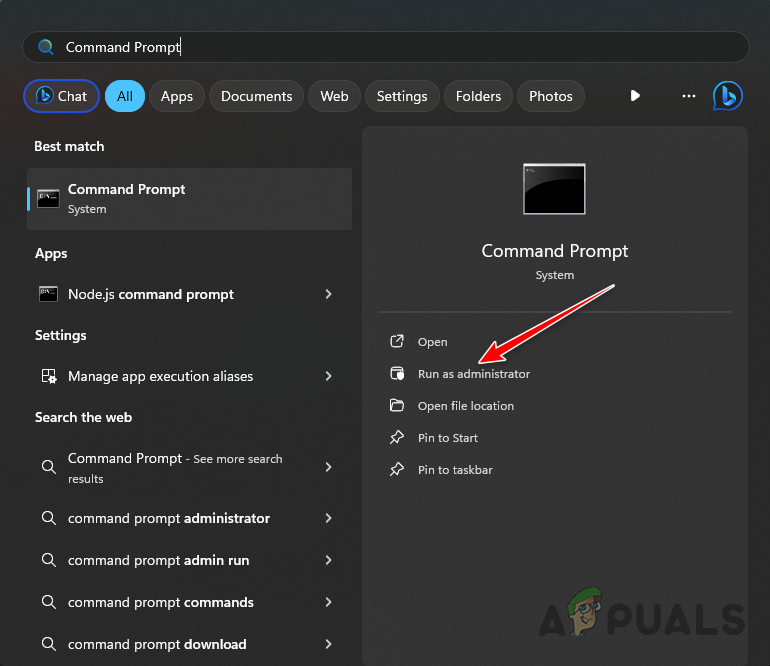
Running Command Prompt as Admin - Type the following command to change ownership to your account:
takeown /F '<folder path>' /R /D Y
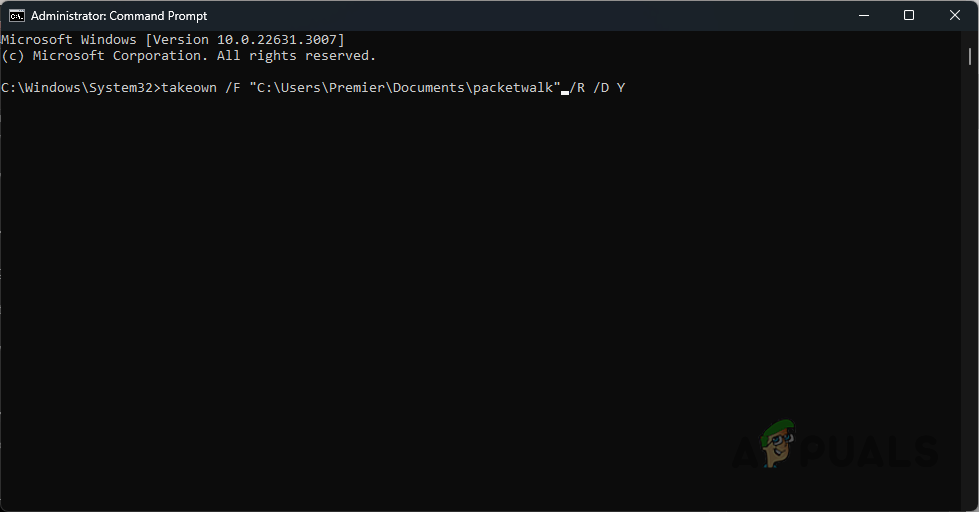
Taking Ownership of Folder - Next, input the following command to apply permissions to subdirectories and files:
icacls '<folder path>' /grant Administrators:F /T
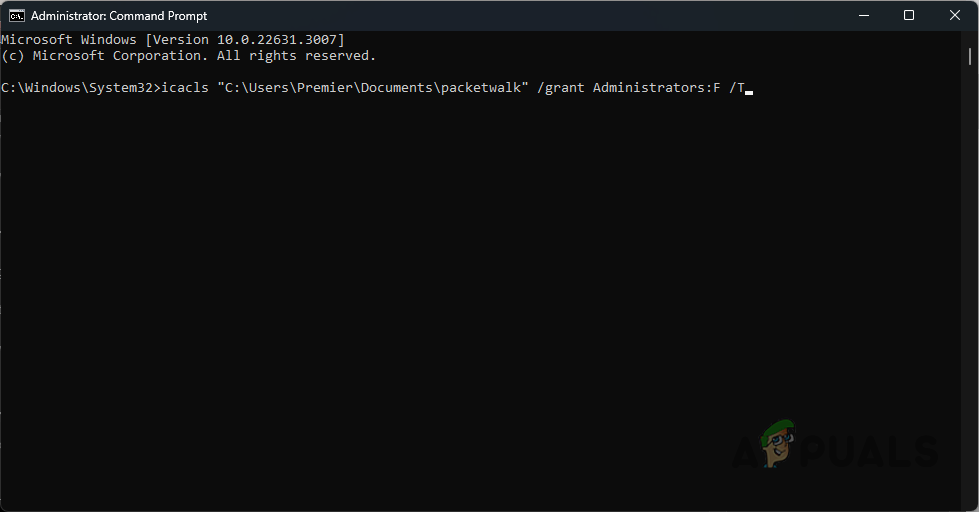
Taking Ownership over Children - Close the command prompt window once completed.
- Verify if the error message persists.
3. Delete Folder via Command Prompt (if applicable)
If the error message appears while attempting to delete a folder in Windows, consider using an elevated command prompt which grants the necessary permissions to remove the folder from your system.
- Access the command prompt via the Start Menu.
- Choose the Run as administrator option.

Running Command Prompt as Admin - Enter the following commands to take ownership and adjust permissions. Be sure to include the quotation marks as shown.
takeown /F '<folder path>' /R /D Y icacls '<folder path>' /grant Administrators:F /T

Taking Ownership of Folder - To finalize the deletion, use the below command:
rd <folder path> /S /Q
4. Use the Hidden Administrator Account
Windows includes a hidden administrator account that can be helpful for resolving permission issues. To leverage this account, you must first enable it through the command prompt.
Once activated, you can log into this administrator account and alter the folder that is causing the issue.
- Search for command prompt in the Start Menu and choose the Run as administrator option.

Running Command Prompt as Admin - Type the following command into the prompt and hit Enter:
net user 'Administrator' /active:yes
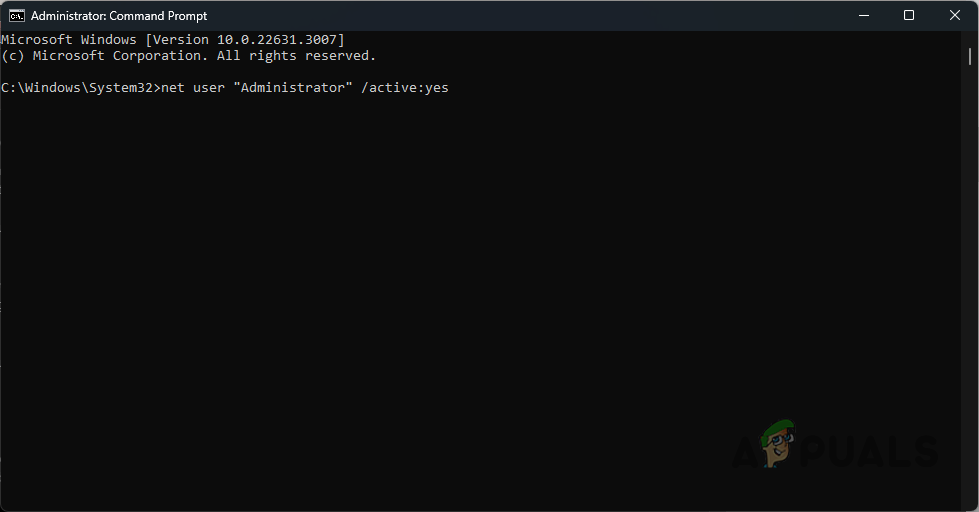
Enabling Hidden Administrator Account - Restart your computer afterwards.
- Upon reboot, log into the Administrator account.
- Check whether you can now make changes to the folder without encountering the error message.
6. Boot into Safe Mode
Should the error persist, it may be attributed to third-party services or applications. In such instances, you can boot into Safe Mode, which restricts the system to essential Windows services upon startup.
- Open the Settings by pressing the Win key + I.
- Navigate to System > Recovery.
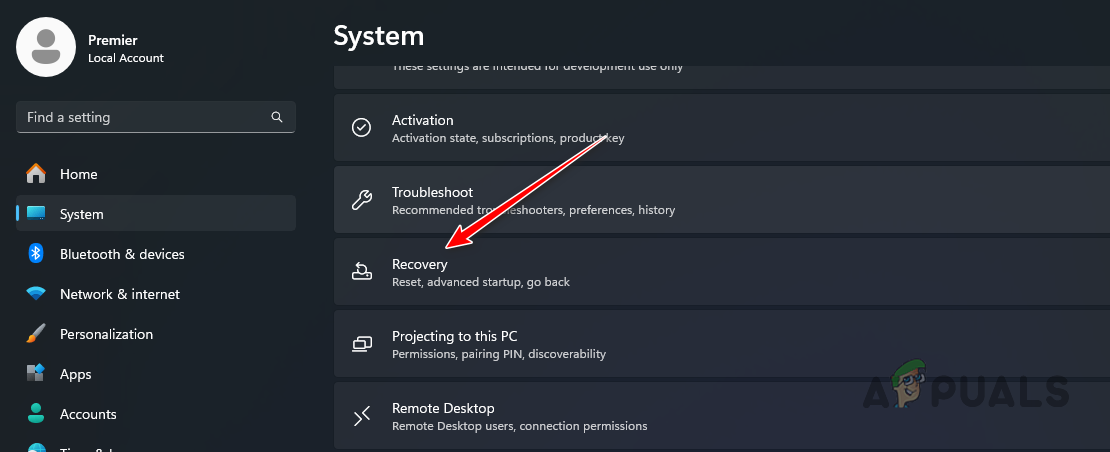
Navigating to Recovery Settings - Click Restart now next to Advanced Startup.
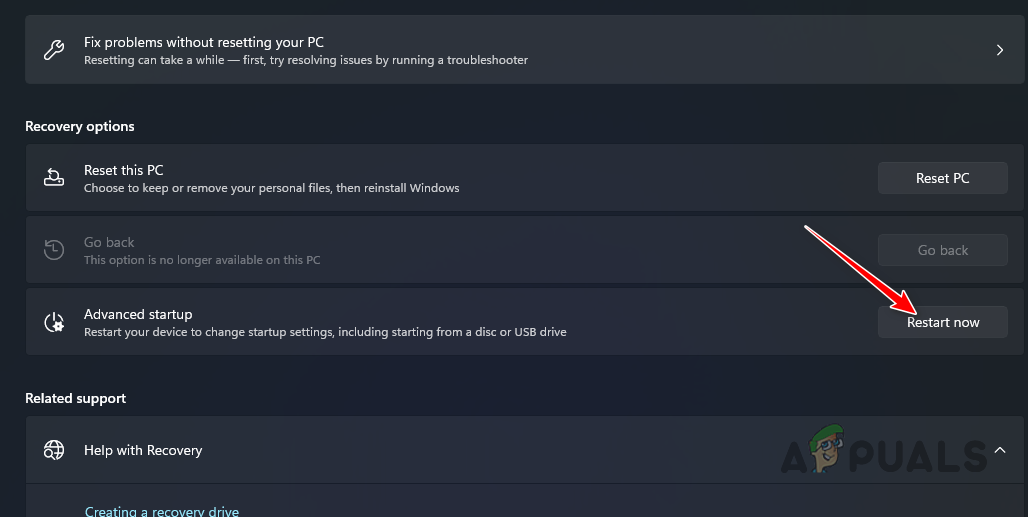
Restarting into Windows Recovery Environment - Upon rebooting, go to Troubleshoot > Advanced Options > Startup Settings.
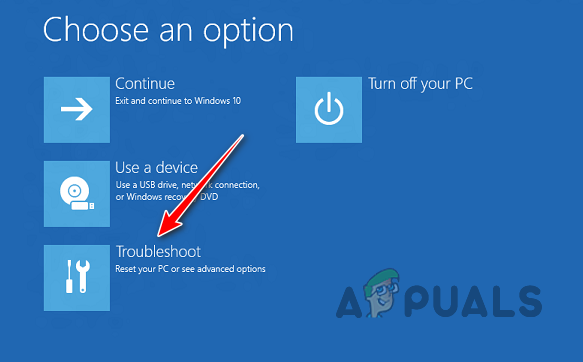
Navigating to Troubleshoot - Select the Restart button within Startup Settings.
- After your system restarts, press the corresponding key to select Enable Safe Mode (usually 4).
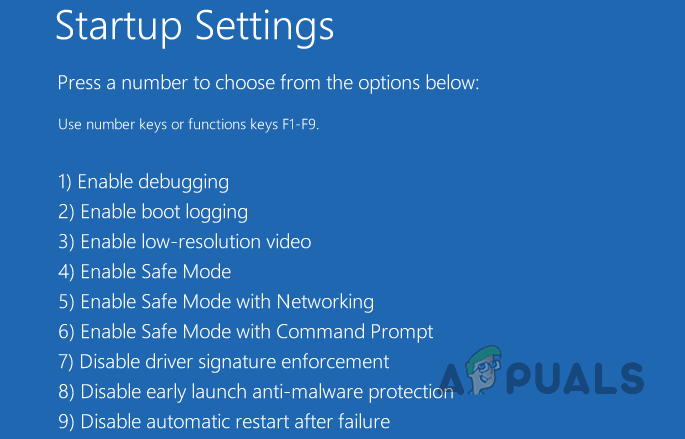
Enabling Safe Mode in Windows - Windows will now boot in Safe Mode. Assess whether the error still manifests.
By following the solutions provided above, you should be able to resolve the ‘You require permission from administrators to make changes to this folder’ error message. If complications persist, consider seeking further assistance from the Windows support team at Microsoft.